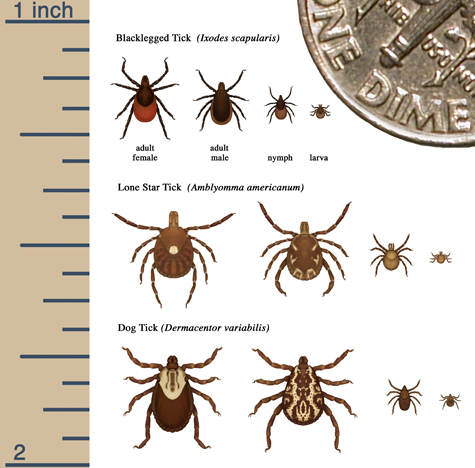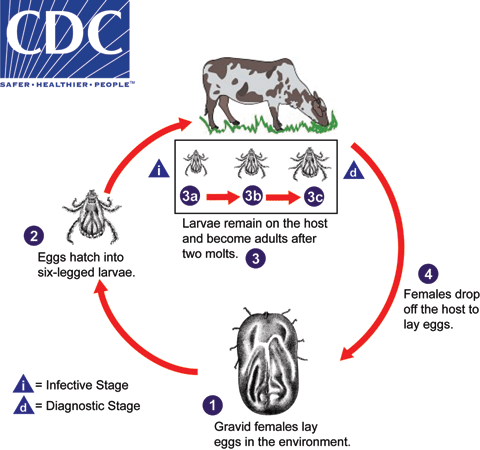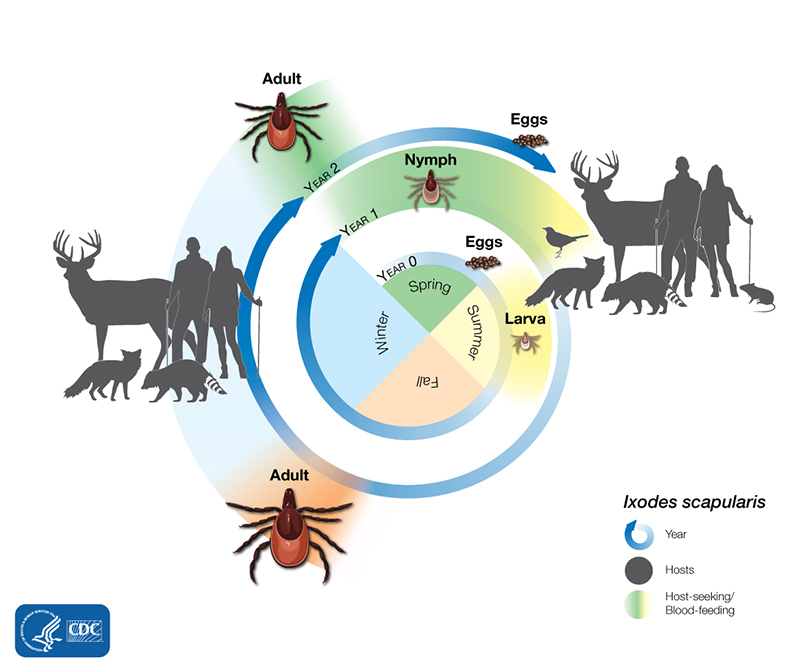tick life cycle time
Ticks can bite and feed on dogs and cats during their larval nymph and adult stages. All active stages of the tick life cycle require blood meals to continue their development.
The Life Cycle Of The Tick From Eggs To Ambush American Kennel Club
Its important to be familiar with this life cycle to get rid of ticks from your lawn and landscape and prevent tick bites.
. In the case of soft ticks they acquire smaller blood. Egg larva nymph and adult. A tick egg hatches into larva in the winter.
Ticks go through four stages throughout their life cycle. The life-cycle stages of Deer Ticks goes from Egg Larva Nymph Adult and at each stage there are ways to help better protect yourself from tick-borne illnesses. Protect yourself your pets and your yard from these dangerous pests by requesting a free estimate or call our Southampton office at 631 287-9700 our East Hampton office at 631 324-9700 or our.
The tick lifespan is between 2-3 years. When the egg hatches a six-legged larva emerges. After feeding some nymphs become dormant for the season some will drop back to the ground to make a final molt and others will complete the life cycle using the same host.
After the mating process male tick dies while the female tick dies after laying eggs. A la rva finds a host and remains on it until it drops off as an engorged adult approximately 21 days later. The life cycle of ixodid ticks is remarkably uniform throughout the family.
Understanding the life cycle of ticks can play a direct role in tick management. At this point larval deer ticks are at risk for contracting. Some tick species spend their entire lives on one host while others will have up.
Ticks hitch a ride and start feeding. They have taken two blood meals to reach this stage in their life cycle. Yes tick encounters tend to be seasonal and risk depends on a ticks life cycle stage but theres rarely a time when the risk is zero.
A female lays several thousand eggs at a time which will eventually hatch into the larval stage known as seed ticks. Deer tick eggs hatch into larvae in the late summer months during which time they take one blood meal from a small mammal or bird. Additionally many soft ticks have an uncanny resistance to starvation and.
Male tick dies after mating and the female tick dies after laying the eggs. While males typically die after mating females. The tick life cycle lasts typically anywhere from 1-3 years.
Aside from its missing set of legs the larva looks a lot like an adult tick. For females in particular feeding is essential for reproducing and laying eggs. These sticky clutches of eggs are normally hidden under leaves and debris.
When the egg hatches a six-legged larva emerges. The entire life cycle of ticks may take up to months or even years depending on the species. Its first host is usually a small mammal or a lizard and it has to.
Its first host is usually a small mammal or a lizard and it has to find a host in order to grow. Generally adult female hard ticks breed while on the host animal and then drop to the ground to lay eggs. Without blood ticks cant do any of this.
A tick begins its life as an egg. After feeding the larva drops to the ground to digest its food and begin to grow. Some ticks will lay eggs on a host or nearby.
The life cycle of a deer tick lasts about two years and begins in the early spring when an adult female engorged full with blood lays fertilized eggs. Locations that will give newly-hatched. However the average tick lifespan truly depends on a number of factors from the species of the tick to the very life cycle of the tick.
1 The Egg Stage 1. The Life Cycle of A Tick. Each of the three stages lasts 5 to 7 days.
The time to completion of the entire life cycle is generally much longer than that of hard ticks lasting over several years. Depending on the species ticks can live for up to three years during which they go through four distinct life stages. Ticks that were eggs last fall are now nymphs.
Engorged female ticks drop off the host and lay their eggs on the ground approximately 2000. All ixodid ticks are oviparous and have a single nymphal stage. Ticks go through four life stages.
As ticks go about these stages they need food and blood is their food. Gravid pregnant female ticks lay batches of up to 1000 eggs at a time normally in May. The Tick Life Cycle.
Treating ticks before they reach maturity. However according to the Ecology of Non-Nidicolous Ticks high saturation deficit an index of humidity can also shorten a. Life Cycle of Ticks.
After hatching from the eggs ticks must eat blood at. While feeding the female tick might take a longer time for feeding compared to male ticks. Beginning from egg larva nymph and as an adult.
After the eggs hatch the ticks must have a blood meal at every stage to survive. Aside from its missing set of legs the larva looks a lot like an adult tick. At this stage of life these small ticks about 18-inch in size have six legs.
The length of time a nymph feeds can vary. Image will be uploaded The life cycle of Tick. The moulting from larva to nymph and nymph to adult occurs on the one host.
Because of these two blood meals often taken from several small animals or birds infected with Lyme Disease they are now the most infectious to humans. Blacklegged ticks can feed from mammals birds reptiles and amphibians. Once a tick egg hatches it has to feed on blood at every stage of its life cycle for the rest of its life in order to survive.
Ticks in the larval nymph and adult stages can live for varying lengths of time without a blood mealsome for frighteningly long periods. The ticks need a new host at each stage of their life. Ticks need energy from blood in order to grow develop and lay eggs.
A ticks life cycle is usually 2-years long. They need blood as their energy source in order to grow and to lay eggs. A nymph becomes an adult tick in the fall and winter before laying its own eggs in the spring.
The cattle tick is a 1-host tick Figure 1. Once the egg hatches a tick needs a blood meal at each stage in order to survive and continue to grow. A tick begins its life as an egg.
After the adult deer tick completes its last feed they start mating or nesting depending on the time of year and weather. Ticks undergo different stages of their life cycle. American dog ticks for example a variety of tick that is common in North.
Ticks can live for as long as 3 years. Egg larva nymph and adult. The eggs laid by the female tick are approximately 2000 to 18000 eggs.
These are the egg the larva the nymph and the adult. Ticks will reproduce sexually and typically find mates by feeding on a host. The entire life cycle of the tick can take up to 3 years to complete and is comprised of four distinct life stages.
During this time they go through four life stages. A larva becomes a nymph in the spring and summer. A tick egg is laid in the spring.
When it comes to hard ticks the male and female ticks first acquire a sufficient blood meal and then initiates the process of mating. Egg larva nymph and adult. Usually a female tick takes a longer time of feeding compared to the male tick.
Once ticks latch onto your cat or dog they typically feed mate and typically feed and mate right on your pet.

Life Cycle Of A Tick How Long They Live How To Prevent Them
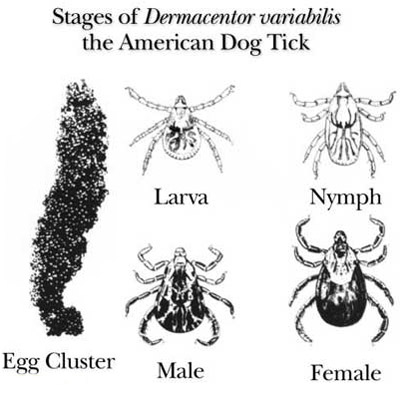
American Dog Tick Dermacentor Variabilis Say

Hard Tick Life Cycle U S Tennessee Valley Authority Drawing Download Scientific Diagram
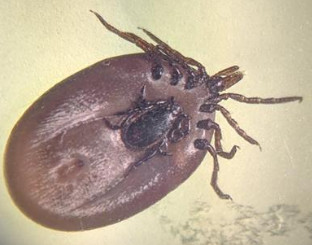
Tickcheck Com Deer Tick Life Cycle And Active Periods Tick Testing Information
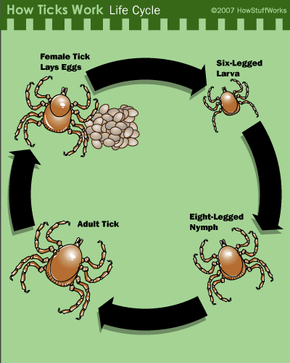
Tick Life Cycles The Tick Life Cycle Howstuffworks

File Image Life Cycle Of Ticks Family Ixodidaefr Jpg Wikimedia Commons
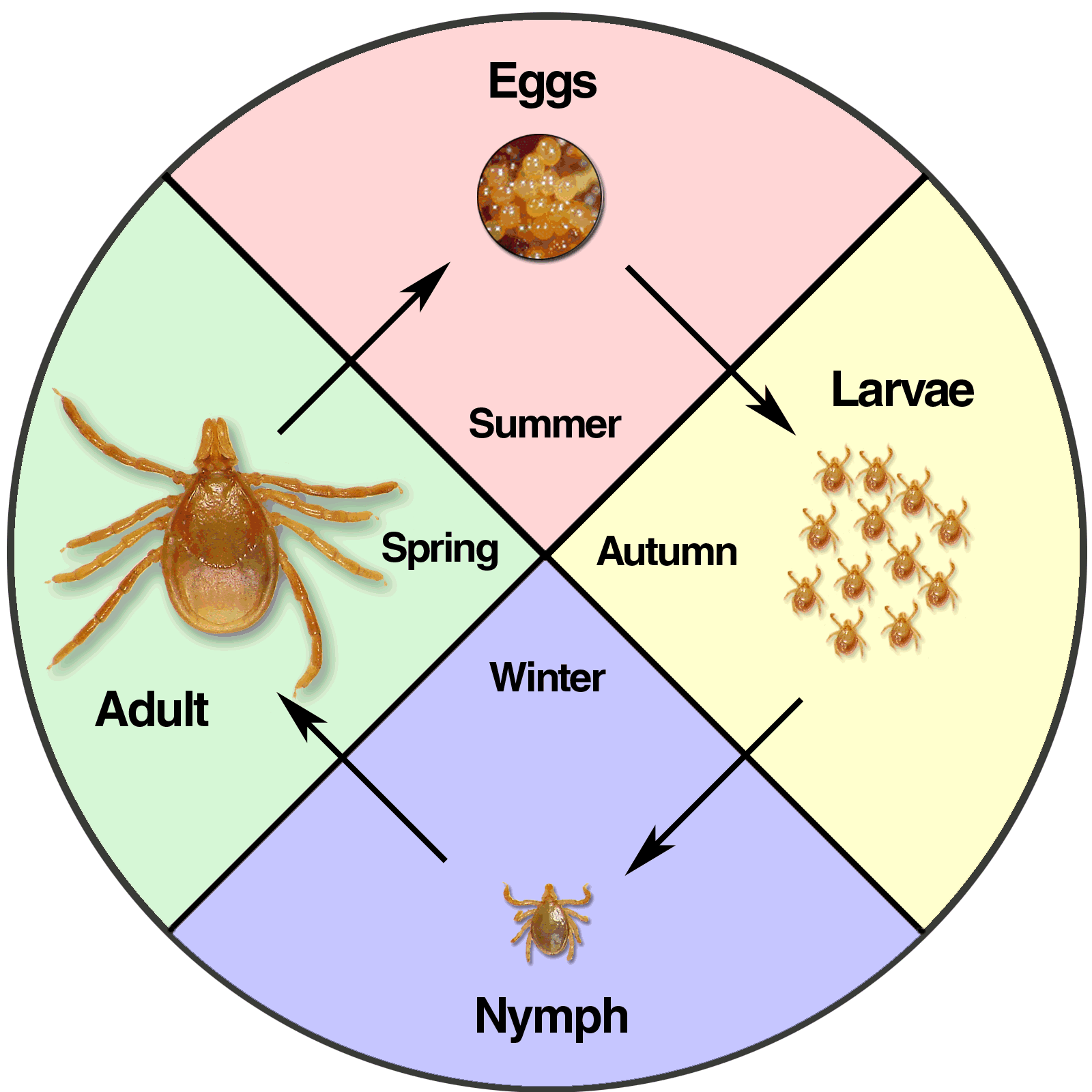
An Overview Of Tick Paralysis Symptoms Treatment And Prevention

Diagram Showing Life Cycle Tick Royalty Free Vector Image
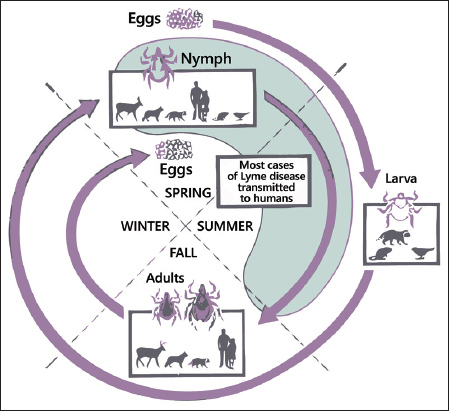
Tickcheck Com Deer Tick Life Cycle And Active Periods Tick Testing Information

Tick Biology The Tickapp For Texas And The Southern Region
Ticks Cdc Southeastern Center Of Excellence In Vector Borne Diseases

The Tick Lifecycle Lyme Tick Borne Disease Testing Statistics
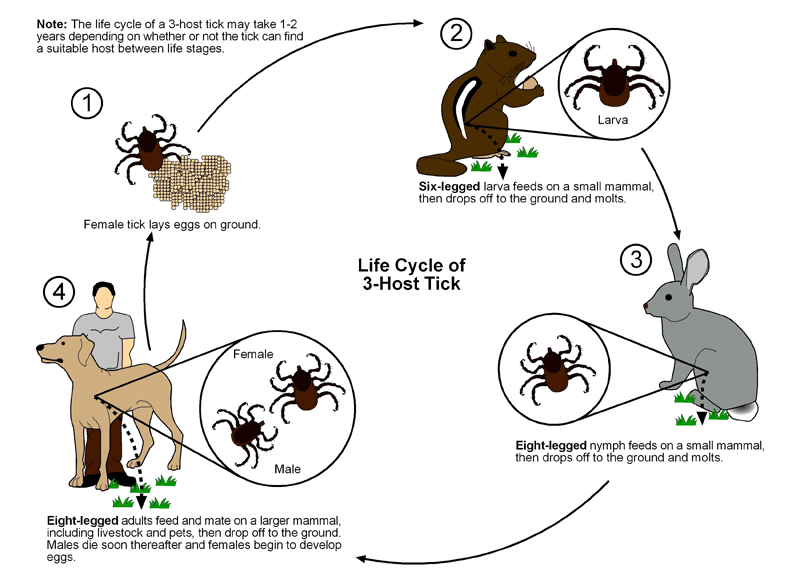
Ticks Public Health And Medical Entomology Purdue Biology Entomology Insects Ticks Diseases Monitoring Control Hot Topics Agriculture Extension
